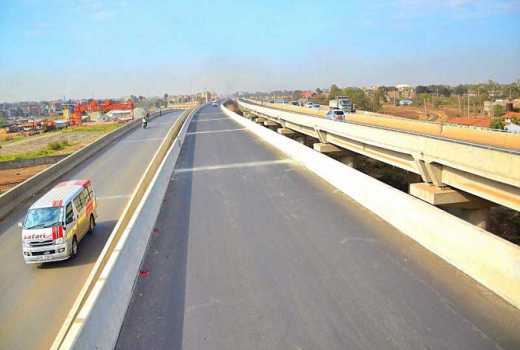×
The Standard e-Paper
Home To Bold Columnists

A new battle between the Chinese and the Japanese in Nairobi’s debt-driven infrastructure race has been ignited with the awarding of the Sh2.3 billion contract for the second phase of Ngong Road’s conversion to a dual carriageway.
In the bid to curb traffic jams that have been identified as one of the most pressing problems in Nairobi, the Chinese and Japanese have transformed the city into a canvas to showcase their engineering prowess.